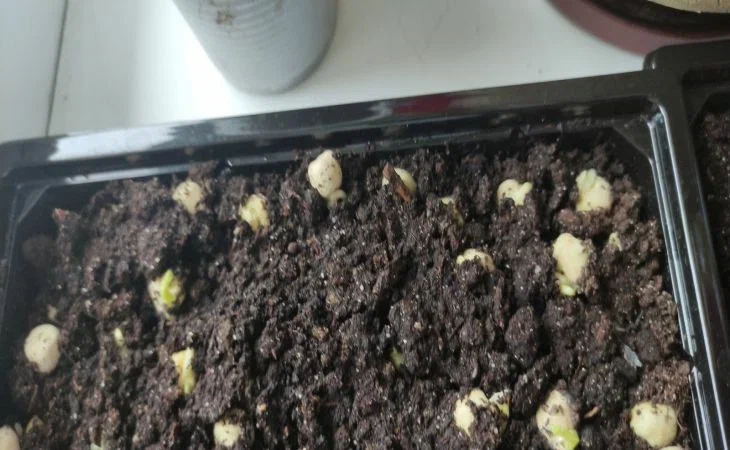It's the end of January, which means it's time to think about preparing for the sowing campaign, and not just for salad greens, but for serious crops.
The accuracy of the sowing date calculation determines the fate of the future harvest. It is important that the seedlings do not sit in the pots too long, but time cannot be wasted either.
Anastasia Kovrizhnykh, an expert of the online publication "BelNovosti", a scientist agronomist and landscape designer, told how to do the right thing.

Bell pepper
Of the nightshade family, this is the most capricious crop, which does not forgive either haste or being late.
Summer residents constantly have to guess so that the seedlings do not stretch out due to lack of sunlight or, on the contrary, have time to gain strength by the time of transplantation.
What you need to consider
First, pay attention to the variety chosen for sowing. As is known, the same crop can be early ripening (not afraid of late sowing) and late ripening (it is better not to delay sowing these crops).
Secondly, you need to take into account the climatic features of your region and weather conditions.
Thirdly, the recommendations of the lunar calendar are also important.
How to determine the sowing date
1. Pepper seedlings should not be transplanted until the soil warms up to +15 degrees.
2. Having decided on this date (it is different in each region), subtract from it approximately 60-70 days for the growth and development of seedlings.
Add about a week to this date for germination.
3. This way you can get a complete idea of when to start sowing.
If the transplant date falls in mid-May, then sowing is carried out in the first ten days of March.
Favorable days
All that remains is to choose the appropriate days according to the lunar calendar. For sowing pepper in February, you can choose the 10th, 12th and 13th, as well as the 18th and 19th.
In March, you need to try to finish work on the 3rd and 4th, 7th and 8th, or the 10th.
Unfavorable days fall on February 29 and March 14.

